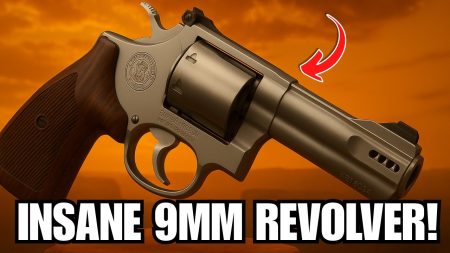In March of 1915, the 16th Bavarian Reserve Infantry Regiment under the command of LTC Phillipp Englehardt was posted along a two-mile length of defensive trench near Fromelles, France. This regiment had already survived Ypres and had been well-blooded. Amongst the surviving veterans was a skinny, hard-charging 26-year-old Austrian.
He was a simple man but a dedicated soldier. He was also an artist whose wartime sketches were of sufficient quality to have been stolen by some nameless opportunist. When first issued his long Gewehr 98 rifle, the newly minted trooper was enthralled. A comrade later said of his experience, “He looked at it with delight, as a woman looks at her jewelry, which made me laugh.”

Combat in these ghastly trenches was unimaginably horrible. For interposing his own body to save LTC Englehardt during a particularly severe artillery barrage, the young man had been awarded the Iron Cross 2d Class. He later described the moment of the award as, “The happiest day of my life.” By this point in the war, the man had been promoted to corporal and made a runner for the regimental staff.
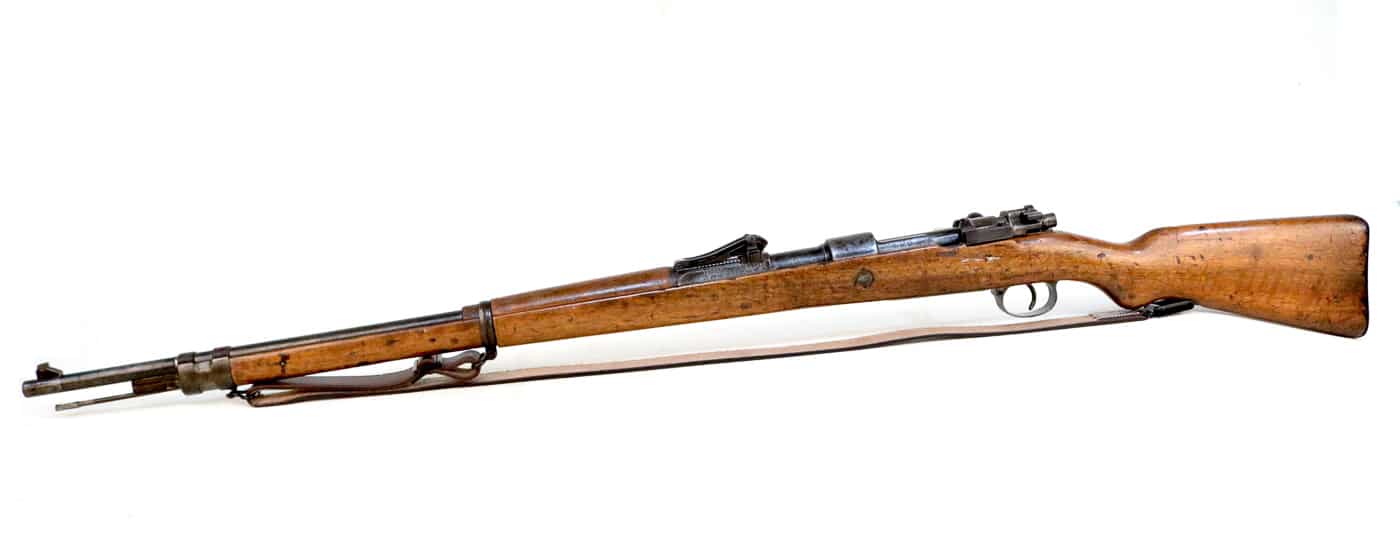
Runners at this time passed orders and retrieved combat reports in an era without radios. This job was harrowing and immensely dangerous. It involved timing the fall of artillery and gauging enemy machine gun fire, then sprinting across the battlefield from one position of cover to another. It was amazing the man had survived as long as he had. Many of his comrades had not.
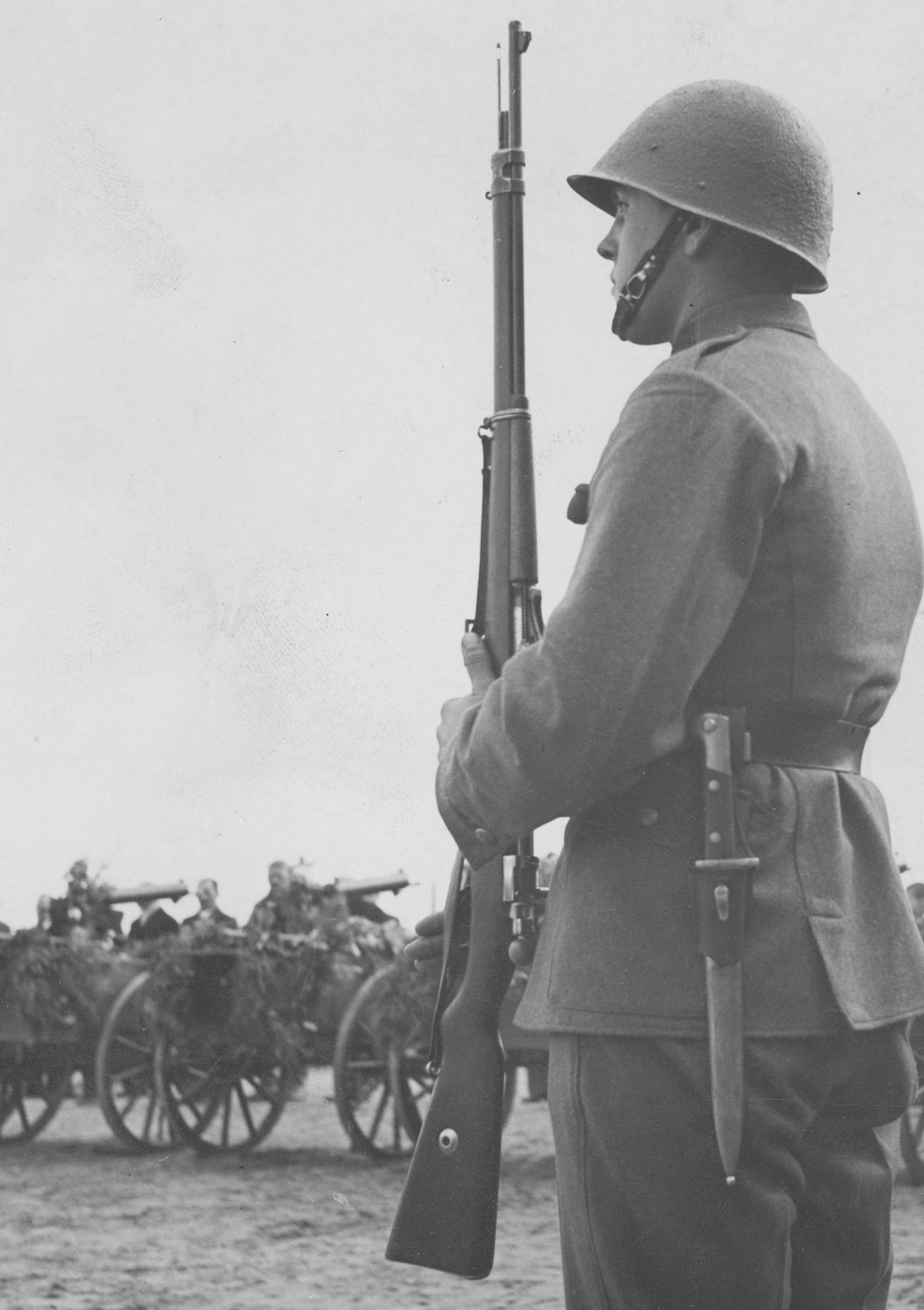
The deprivations in such a place were legendary. In this case, the man’s unit had gone weeks without hot food. When a mobile horse-drawn field kitchen set up and began distributing black bread and hot-boiled cabbage, it was like manna from heaven.
This man queued up alongside his mates, slung his long G98 rifle, and waited in line for his first hot meal in about forever. Once he had his steaming tin of cabbage, he found a handy spot with his friends to wolf it down. Before he could get his mess utensils out, however, the strangest thing happened.

Amidst the banter of his buddies and their enthusiasm for this hot repast, an audible voice came to the man directing him to simply get up and walk around the corner. At first, the hungry corporal wrote the experience off to combat fatigue and proceeded with his dinner. Then the voice came back again, more forcefully this time. Now both confused and frustrated, the man grudgingly gathered his gear and his weapon and did as he was told. Moments later, a French artillery round landed where he had previously been sitting, killing everyone in the immediate vicinity. This young man had been miraculously spared by an inexplicable phantasmic voice in his head.
Adolf Hitler used to relate the preceding tale of his time in the trenches during World War I at dinner parties as evidence of his divine mandate to rule. In another instance, a British artillery round landed nearby, killing all those around him and ripping the sleeve off of his tunic while leaving him unscathed.
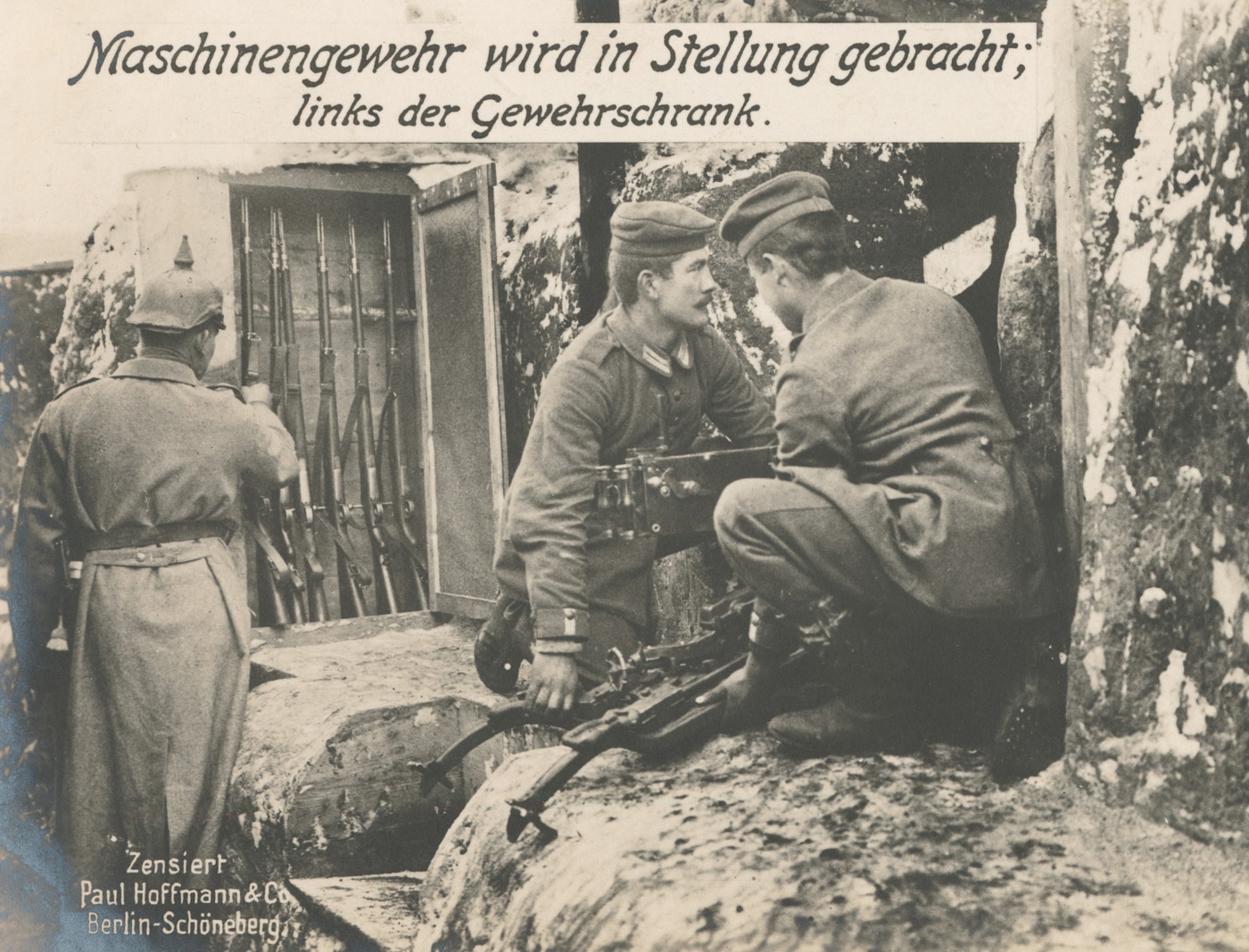
Perhaps he had a point, though I don’t think his particular guardian actually took his mail in heaven. Regardless, the long bolt-action rifle he carried in that most horrible of wars was a legend in its own right.
The Weapon
The rifle with which a young Private Adolf Hitler was so enamored back in 1914 was the famed Gewehr 98, often shortened to simply G98 or Gew98. Launched in April of 1898, the Gew98 replaced the previous Gewehr 1888 in Imperial German service. The Gew98 was an evolutionary development of Paul Mauser’s 1895 action. The rifle first saw combat in China during the Boxer Rebellion.
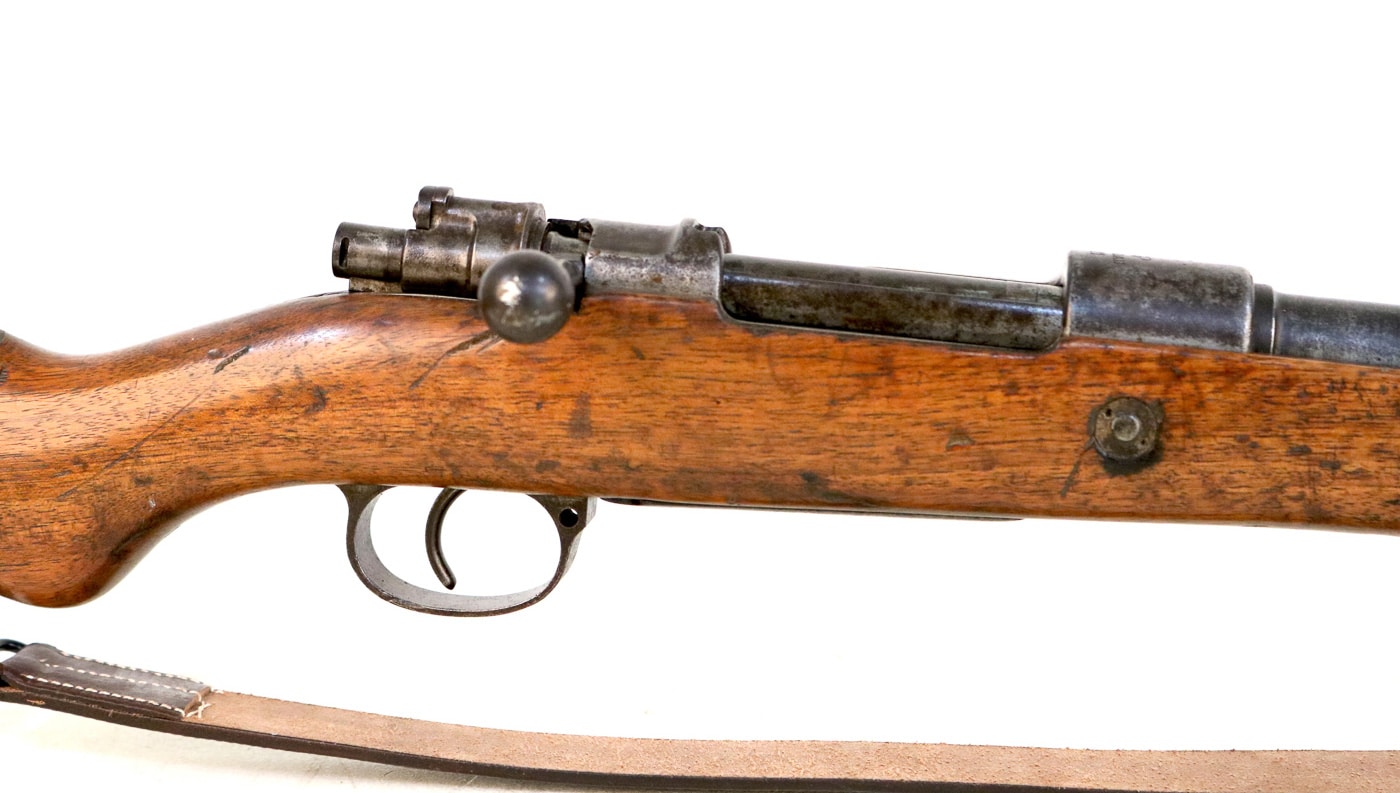
During WWI, the Gew98 fired the 7.92x57mm Mauser S Patrone cartridge. This round pushed a 154-gr. Spitzer (pointed) bullet that was fairly devastating downrange. Muzzle velocities were a bit north of 2,000 feet per second out of this rifle.
Mechanical Details of the Gewehr 98
The Gew98 is a manually operated bolt-action rifle that feeds from an integral five-round box magazine. The rifle is loaded single rounds or via five-round stripper clips that feed from the top. The bolt handle sticks out at a right angle from the receiver.
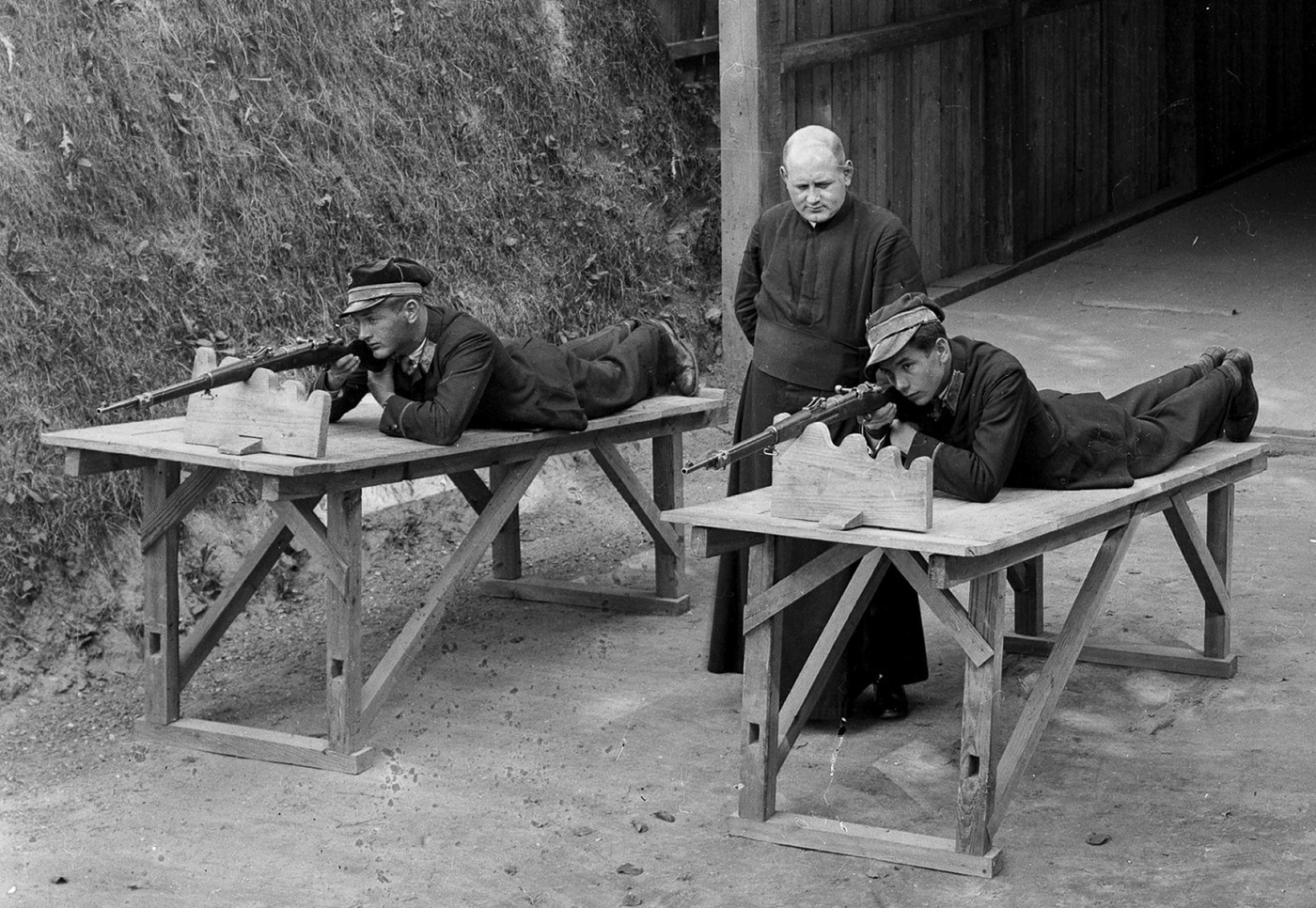
The Gew98 was a controlled-feed design. This meant that the extractor snapped over the rim of the cartridge as it fed from the magazine, maintaining positive control of the round all the way into the chamber. This is opposed to push-feed designs wherein the extractor does not positively grab the cartridge rim until the bolt closes.

The bolt on the Gew98 was designed for both strength and safety. Two beefy locking lugs engage corresponding recesses in the steel receiver to ensure positive lockup for firing. There was also a third safety lug milled into the rear of the bolt assembly to provide extra strength. Nowadays, quality reliable steels make such redundancy superfluous. However, that was not necessarily the case at the turn of the 20th century.
Gas relief holes on the bottom of the bolt direct hot gases away from the firer in the event of a case or primer failure. Once again, this is not much of problem nowadays given the refined state of munitions manufacture. Back then, however, it was a bigger deal.
There is a cam built into the bolt that enables a slight degree of cartridge extraction at the beginning of the unlocking process. This aids in removal of spent cartridges even if they are dirty or sticky. The case is also positively controlled during the extraction stroke. This makes for an exceptionally reliable action that has been widely copied in both military and sporting arms, particularly those for use with dangerous game where a mechanical failure might prove catastrophic. The firing pin cocks on opening.

The safety is a three-position, flag-style tab on the back of the bolt. Left is fire. Right locks both the bolt and the firing mechanism. In the up position, the firing mechanism is still locked, but the bolt will open.
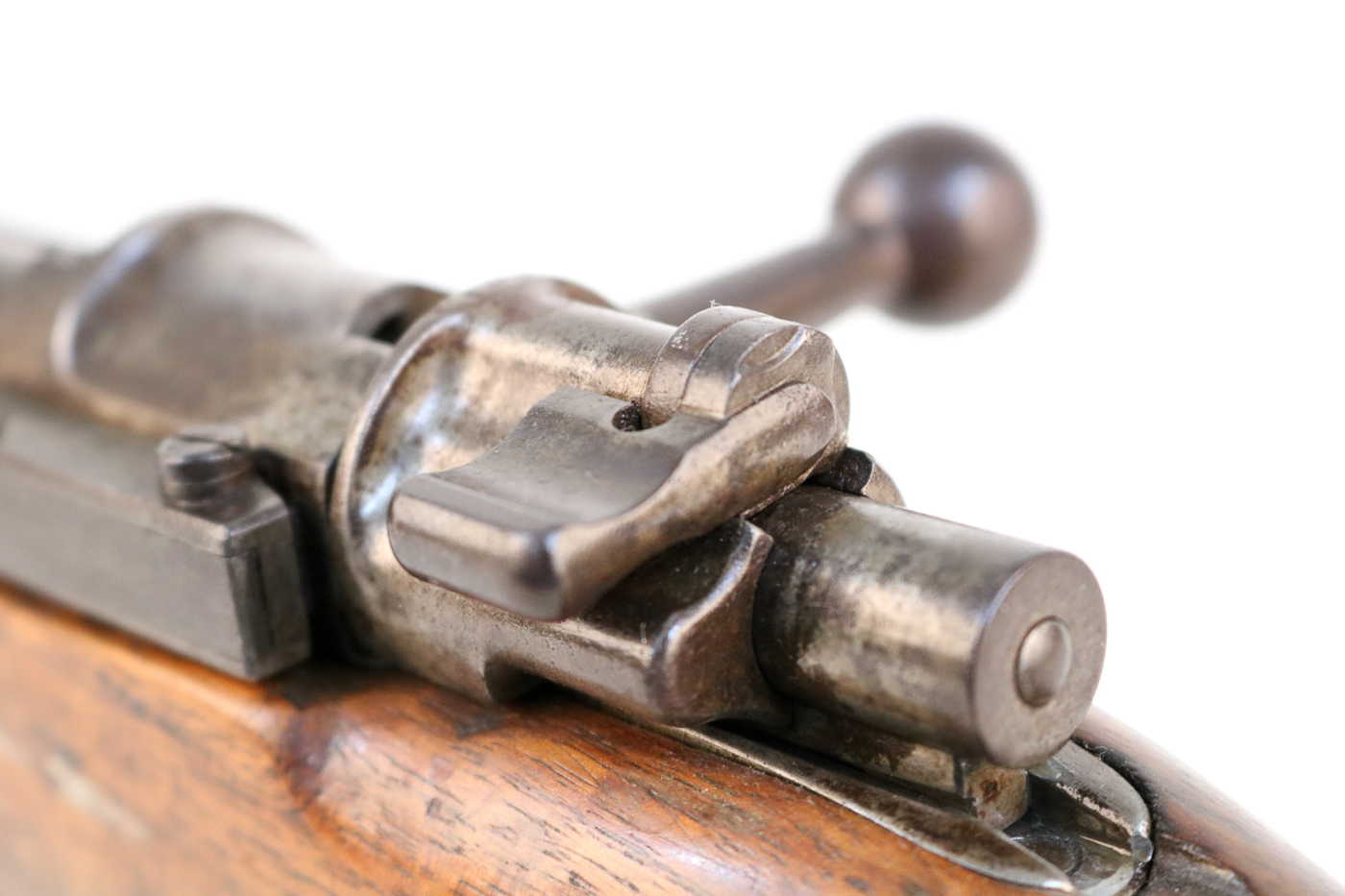
The Gew98 is 49” long and weighs 9 lbs. The barrel is 29” long. The curved, tangent-style rear sight is graduated from 200 meters out to 2,000 meters in 100-meter increments. This complex sighting device is called the Lange Visier.
Legacy
More than nine million copies were produced from 1898 through 1918. In 1915, the Germans converted some 15,000 Gew98 rifles for sniper use by fitting these weapons with optical sights. These Scharfschützen-Gewehr 98 (sniper rifle 98) featured turn-down bolts that were angled to clear the scopes and corresponding stock cutouts to accommodate.
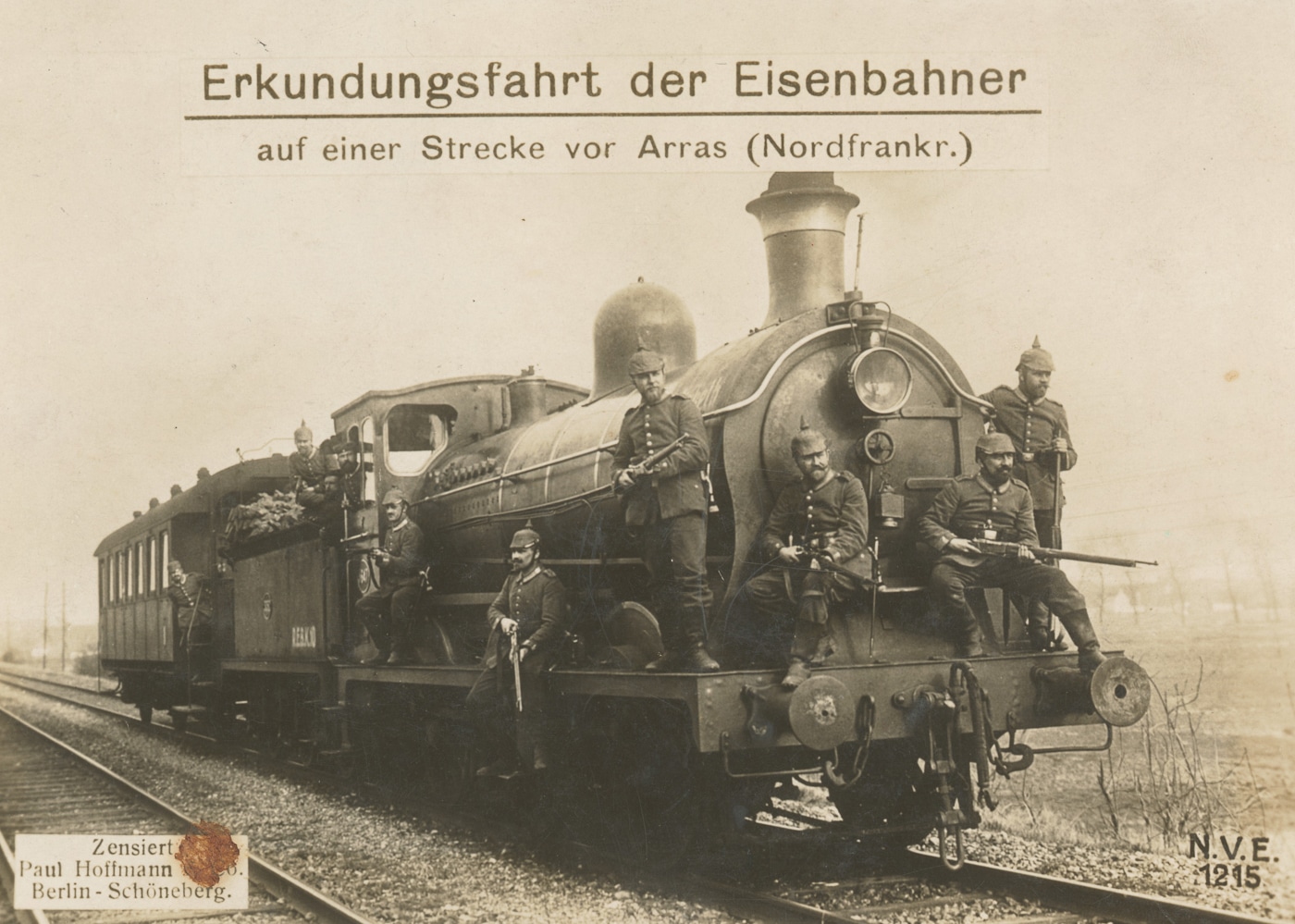
Accuracy expectations were surprisingly sloppy by modern standards. For acceptance into service, the Gew98 was expected to put half its rounds into a 2.4” circle at 100 meters and 93% of its rounds inside a 4.7” ring. However, this was not atypical for martial arms of this era.
![Historical photograph from 1919 showing Polish insurgent fighters armed with German Gewehr 98 bolt-action rifles during combat operations against Bolshevik invasion forces illustrating widespread use of surplus German military weapons throughout Eastern Europe following World War I armistice. The Polish fighters hold Gew 98 rifles with characteristic 29-inch barrels, straight bolt handles, and full-length wooden stocks that became essential weapons for Polish irregular forces, resistance groups, and military units fighting Soviet expansion during Polish-Soviet War of 1919-1921. These Polish combatants equipped with 7.92x57mm Mauser chambered Gewehr 98 rifles benefited from same reliable controlled-feed Mauser action, five-round magazine capacity, and robust construction that served millions of German soldiers during 1914-1918 Great War trenches. The image demonstrates how G98 rifles transitioned from Imperial German Army service to arming Polish independence fighters defending their nation against communist forces when millions of surplus German bolt-action rifles flooded Eastern European markets after World War I ended.
ALT TEXT 2:
Polish resistance fighters photographed in 1919 carrying Mauser Gewehr 98 bolt-action rifles during anti-Bolshevik operations showing how German military surplus weapons equipped Eastern European forces fighting Soviet communist expansion after World War I. The Polish insurgents armed with Gew 98 rifles demonstrate widespread availability of reliable 7.92x57mm chambered German bolt-action rifles that Polish fighters used during crucial battles of Polish-Soviet War when Poland struggled to maintain independence against Bolshevik invasion forces. These Polish combatants with their Gewehr 98 rifles featuring controlled-feed actions, straight bolt handles, and 49-inch overall length represent typical irregular units that relied on captured or surplus German weapons during 1919-1921 conflict. The photograph illustrates how over nine million G98 rifles produced for Imperial German Army from 1898-1918 found new service arming various European forces during interwar period when Polish fighters needed dependable bolt-action rifles for resisting Soviet territorial ambitions in Eastern Europe.
ALT TEXT 3:
Group of Polish insurgent fighters armed with German Gewehr 98 bolt-action rifles during 1919 combat operations against Bolshevik forces demonstrating critical role of surplus German military weapons in Polish defense during Polish-Soviet War following World War I. The Polish resistance fighters carry Gew 98 rifles with visible long barrels and Mauser bolt actions that proved essential armament when Poland faced Soviet invasion and Polish irregular forces, volunteer units, and organized military needed reliable firearms chambered in widely available 7.92x57mm Mauser ammunition. These Polish combatants equipped with Gewehr 98 rifles benefited from same tough reliable controlled-feed design with dual locking lugs, positive extraction, and robust steel construction that served German soldiers like Adolf Hitler during Great War trenches at Ypres, Somme, and Fromelles from 1914-1918. The 1919 photograph shows how German G98 bolt-action rifles transitioned from trench warfare service to new conflicts across Eastern Europe when Polish fighters defending their independence against Bolshevik expansion relied on proven Mauser 98 action rifles that remained effective military weapons during interwar period leading to World War II.
Ready for the next [PHOTO DESCRIPTION].RetryClaude can make mistakes. Please double-check responses.](https://www.thearmorylife.com/wp-content/uploads/2025/11/Polish-fighters-in-1919-against-the-Bolsheviks.jpg)
The Gew98 went on to inspire the American M1903 Springfield, The British Pattern 14 and 1917 rifles, and the Czech Vz-24. A great many modern hunting arms use the same basic design today. The Gew98 was eventually shortened and polished into the Kar98k that carried German forces all the way through World War II.
Conclusion
The massive, heavy, bolt-action beast of a rifle that Adolf Hitler carried in combat in the First World War was one of the most influential military small arms in history. Coming as it did at the very beginning of the era of smokeless powder, the Gewehr 98 offered effective long-range performance, reliability, and ease of maintenance in a manual repeater action that facilitated impressive rates of fire. That same 127-year-old action soldiers on in a variety of guises even today. Its positive legacy is one that stands in marked contrast to that of the aforementioned corporal from the trenches of World War I that loved it so.
Editor’s Note: Be sure to check out The Armory Life Forum, where you can comment about our daily articles, as well as just talk guns and gear. Click the “Go To Forum Thread” link below to jump in!
Join the Discussion
Read the full article here




